
Seeds for tomato plants are needed every year. Unfortunately, this favorite vegetable is only an annual. Obtaining free tomato seeds from your own fruit is possible. But there are a few points to consider!
To the point
- Select a seed-free, high-yielding tomato plant
- Remove the pulp from the seeds of a ripe tomato
- Dissolve the germ protection layer through fermentation
- Dry seeds on kitchen paper
- Store in a screw-top jar in a cool, dark place until sowing
Table of contents
- Seed-free tomato varieties and F1 hybrids
- Select tomato plant and fruit
- Appropriate timing
- Instructions for obtaining tomato seeds
- Remove seeds from the fruit
- Remove germ-inhibiting layer
- Dry seeds
- Store tomato seeds properly
- frequently asked Questions
Seed-free tomato varieties and F1 hybrids
Of all tomato plants (Solanum lycopersicum) Seeds can be obtained. But not all germinate good or produce young plants that are similar to the mother plant in all characteristics. It depends on what type of tomato you are growing. A seed variety or an F1 hybrid created through breeding.
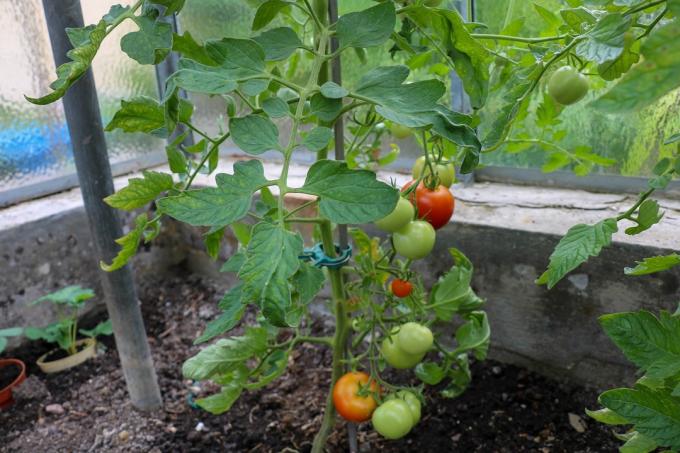
- only true-to-seed (seed-resistant) varieties are suitable
- these are mostly heirloom tomato varieties such as b. Ox heart
- new plants are identical to the mother plant
- F1 hybrids are not seed-true
- Young plants may have other (undesirable) characteristics
Select tomato plant and fruit
Even if the variety you are growing is seed-resistant, you should not use every tomato fruit for seed production.
- Select a healthy, high-yielding tomato plant
- with good tasting fruits
- the tomato fruit should be fully ripe
If you want to be sure that the seeds inside the fruit are ripe, you can also use an overripe tomato. But it shouldn't have any lazy spots.
Appropriate timing
The important thing is that the fruit is fully ripe. You can go straight to it Beginning of the harvest season Obtain seeds or wait until autumn and use one of the last fruits. In autumn, however, there is a risk that the last fruits will no longer be able to ripen properly due to unfavorable weather conditions.
Instructions for obtaining tomato seeds
Tomato fruits produce a lot of seeds inside. For the home garden, a single fruit is usually enough to produce enough seeds for a year of gardening. Since the seeds are only sown many months later, the seeds must be obtained in such a way that the seeds obtained remain germinable for a long time after they have been removed.
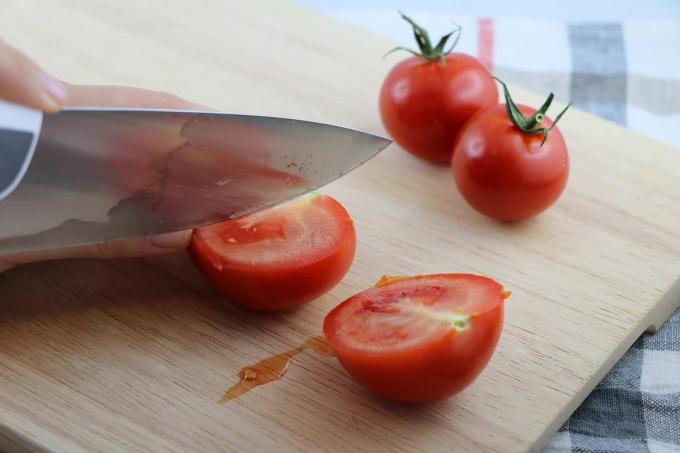
Remove seeds from the fruit
- Cut the selected tomato lengthwise. Depending on size, into two or more parts so that all fruit chambers are exposed.
- Hold a piece of tomato over a fine-mesh sieve to catch any small seeds that fall out. The sieve should also be large enough to be able to carry out further processing steps without the seeds falling out of the sieve.
- Now use a teaspoon to scrape out the watery pulp in which the seeds are embedded from the inside of a piece of tomato.
- Remove the seeds from each tomato piece one at a time.
- Remove the tomato mixture that still has the fresh seeds in it. The easiest way to do this is to apply light pressure to the mixture with the back of a spoon. This will push the tomato mixture through the sieve while the solid seeds remain in the sieve.
- Rinse the seeds well under running water to remove any remaining tomato residue. At the end there should only be seeds in the sieve.
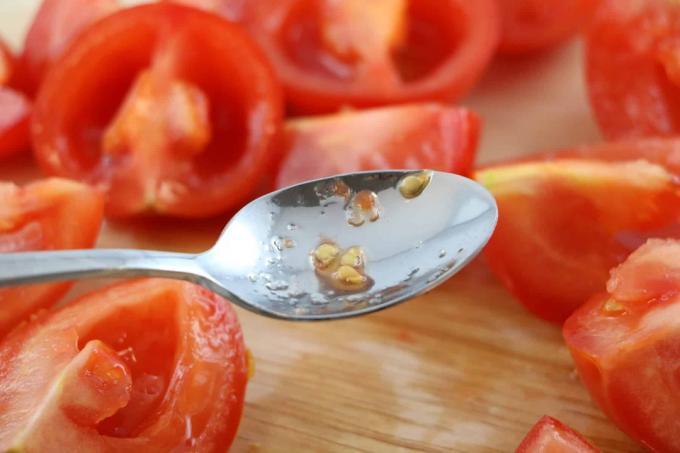
If you want to obtain seeds from different tomato varieties, you should carry out all the steps for each variety separately to avoid mixing them.
Remove germ-inhibiting layer
The cleaned tomato seeds are now surrounded by a slimy layer that inhibits germination. Start a fermentation process to break down the germ-inhibiting substances.
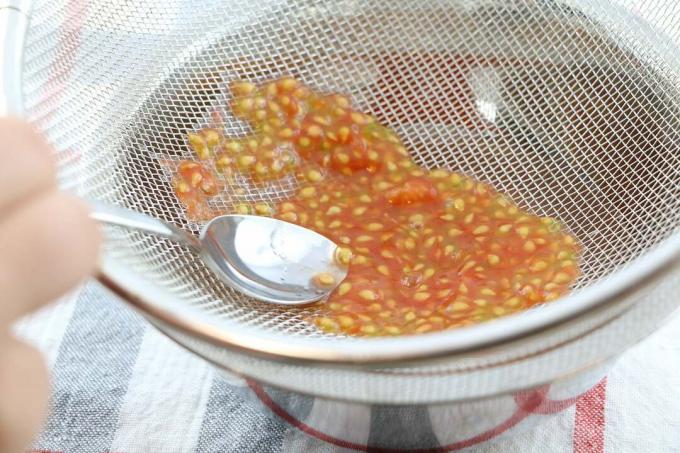
- Place the rinsed tomato seeds in a bowl.
- Cover them with lukewarm water.
- Let the mixture rest in a warm place for about ten hours.
- Then stir the mixture well for 1-2 minutes. To do this, use the hand mixer, which you set to the highest level.
- Let the mixture steep for another ten hours.
- Then place the seeds in a large, narrow-meshed sieve and rinse them thoroughly with water until all loosened remains of the germ layer are washed away. You can remove stubborn residues mechanically with a kitchen brush.
Dry seeds
To prevent the seeds from becoming moldy during storage, they must be completely dry.
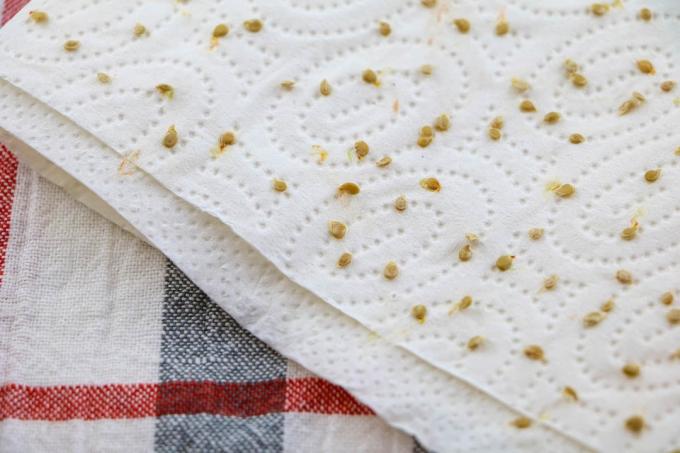
- Cover a flat plate with several layers of paper towels.
- Spread the seeds over a large area.
- Allow the seeds to dry in a warm, airy place for several days.
Store tomato seeds properly
When you are sure that the tomato seeds are completely dry, place them in a clean, dry screw-top jar or paper bag. The optimal storage location until sowing is cool, dry and dark.
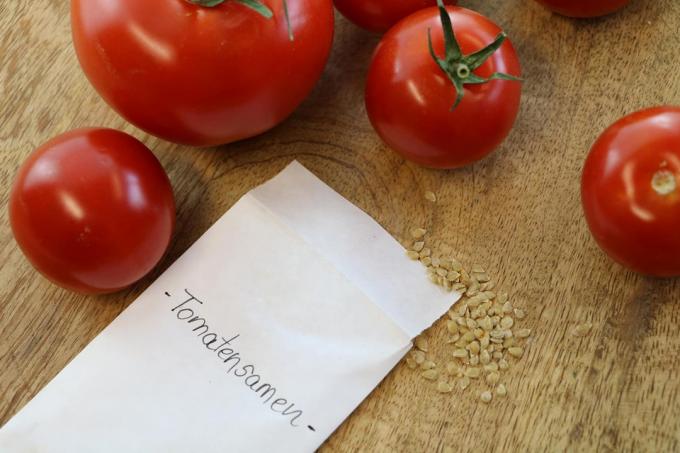
Be sure to label the storage container with the variety name and date so that you will know for sure later which tomato seeds you have in your hand.
frequently asked Questions
The maximum storage time varies depending on the variety. But tomato seeds can generally be stored for a long time. Even after five years you can still expect a good germination rate. It is therefore worthwhile to make the work involved in seed production easier and to obtain seeds for several years straight away.
Even experts do not agree on whether the gelatinous mass really needs to be removed. Seeds that have not undergone a fermentation process are still usable as seeds. However, you must expect delayed and uneven germination.
F1 hybrids can offer some advantages. These include high yield and resistance to certain tomato diseases.

